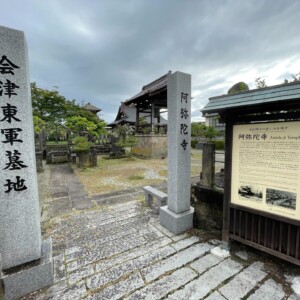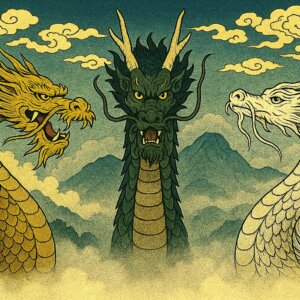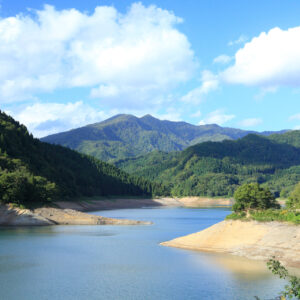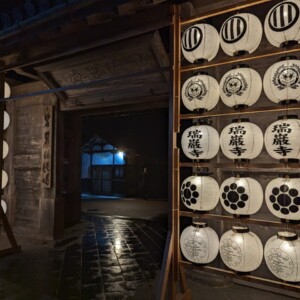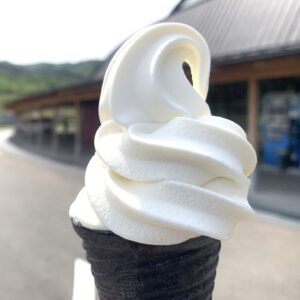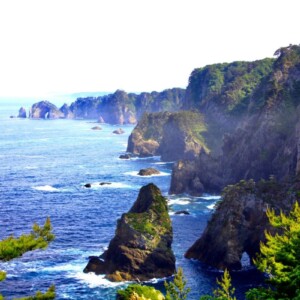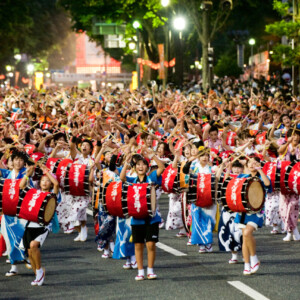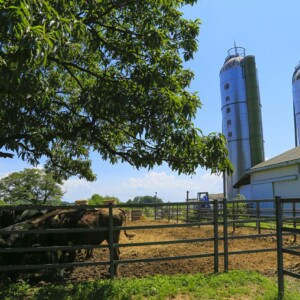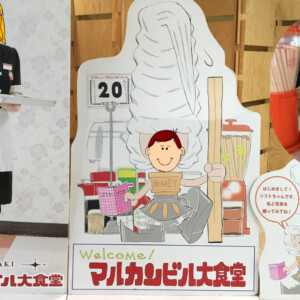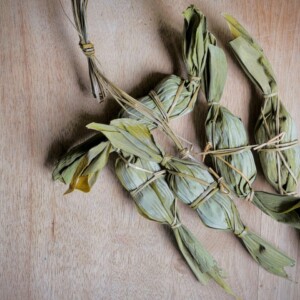
Iizaka Onsen with the Sato brothers who assisted Minamoto Yoshitsune [Fukushima Prefecture]
table of contents
There is a historic hot spring resort called Iizaka Onsen in Fukushima City, Fukushima Prefecture.
It is famous that Matsuo Basho stayed here, but there are other people who are connected to Iizaka.
the Shinobu clan, who produced the brothers Tsugunobu and Tadanobu Sato , who followed Minamoto no Yoshitsune.
What is Iizaka Onsen?
the Surikami River flows
to the south of Iizaka Onsen It is said that
people were already living in the area where this stream intersects with the current Iizaka Road Around the 2nd century Japan's Takeru no Mikoto (Yamato Takeru no Mikoto) fell ill during his expedition to the east, he soaked in Iizaka Onsen and a hot spring called Sabako no Yu (kanji: Sabako, Sabako, etc.), and he felt well. It is said that it has become.
The Shui Wakashu, an anthology of waka poems compiled by imperial command in the early 11th century,
includes a poem that goes, ``Is this the land of the people who are separated from each other?'' This shows that Sabako has been a known area since ancient times.
During the Genpei period, Motoharu Sato, who is said to be the father of the brothers Tsugunobu and Tadanobu Sato, who followed Minamoto no Yoshitsune, ruled Nobuo no Sato ( present-day Fukushima City), and he was called ``Yu no Shoji.'' Therefore, he is said to be a person who had a deep connection with Sabako Onsen.
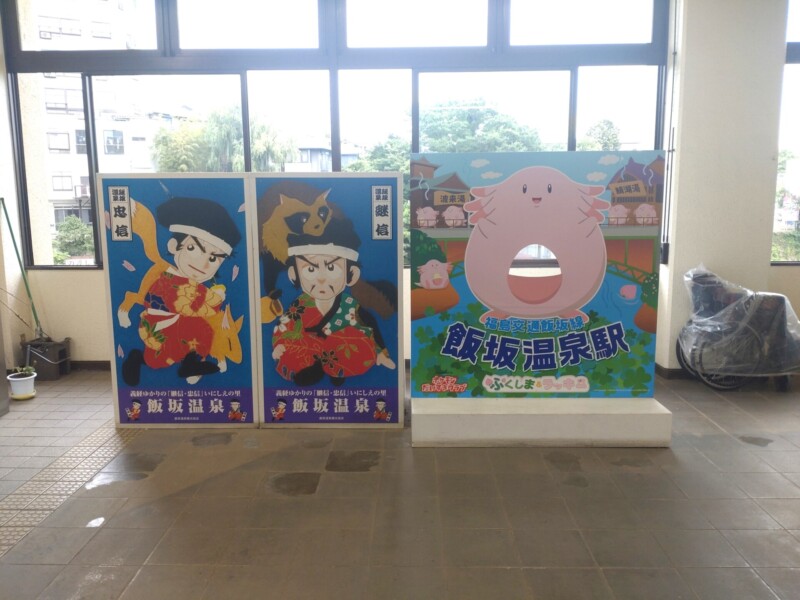
Toward the end of the Kamakura period, a man named Masanobu Date and called himself the Iizaka clan.
This is the origin of the place name Iizaka, and from around this time it became known as a spa.
In the middle of the Edo period, various roads were developed, and not only the common people in the surrounding area but also travelers began to visit Iizaka Onsen.
is
Matsuo Basho , who stayed overnight in Iizaka (however, Basho wrote in ``Oku no Hosomichi'', ``I stayed in a poor inn, so the rain leaked. I was bitten by mosquitoes and fleas, so I couldn't sleep. I had a chronic illness.'' I was so exhausted, so painful, that I almost fainted," he wrote of his disastrous memories .)
In addition to Matsuo Basho, later famous haiku poets and poets such as Masaoka Shiki and Yosano Akiko visited Iizaka Onsen.
During the Meiji period, the hot spring's ingredients were scientifically analyzed and it was discovered that it contained radium, so it once again became known throughout the country as ``Iizaka Radium Hot Spring.''
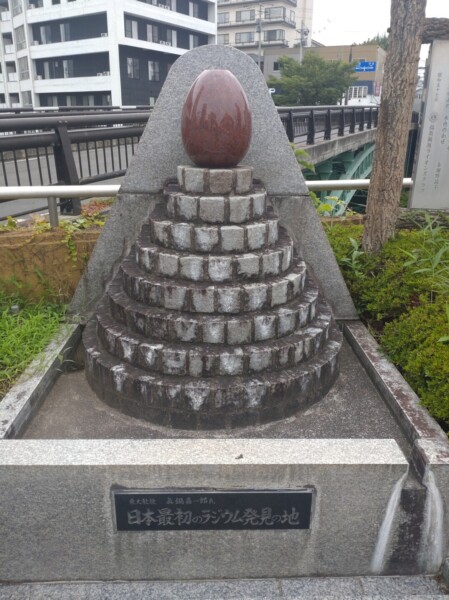
By the way, the explanation up to this point was roughly written on the stone monument of ``Iizaka Onsen Birthplace''.
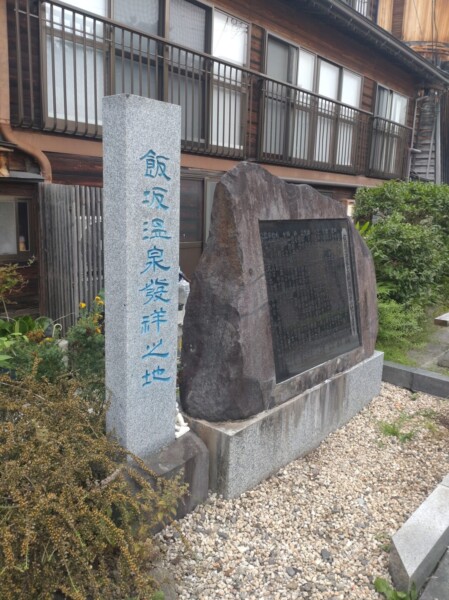
The author came to Iizaka Onsen by taking a train on the Fukushima Kotsu Iizaka Line, but as soon as you leave Iizaka Onsen Station, the hot spring area spreads out
(even at stations that call themselves ``hot springs'', you can take a bus further from the station). If you are a hot spring fan, you probably know that there are many cases where you have to ride.
Even within walking distance from the station, you can see the monument commemorating the birthplace of Iizaka Onsen, which I posted a photo of earlier, and the Totsuna Bridge, a registered tangible cultural property, spanning the Surikami River, which dates back to the Edo period. There are many attractions to see, such as the former Horikiri residence, which was once the residence of a wealthy merchant and farmer, a public bath that you can easily enter, and a footbath that you can use for free.
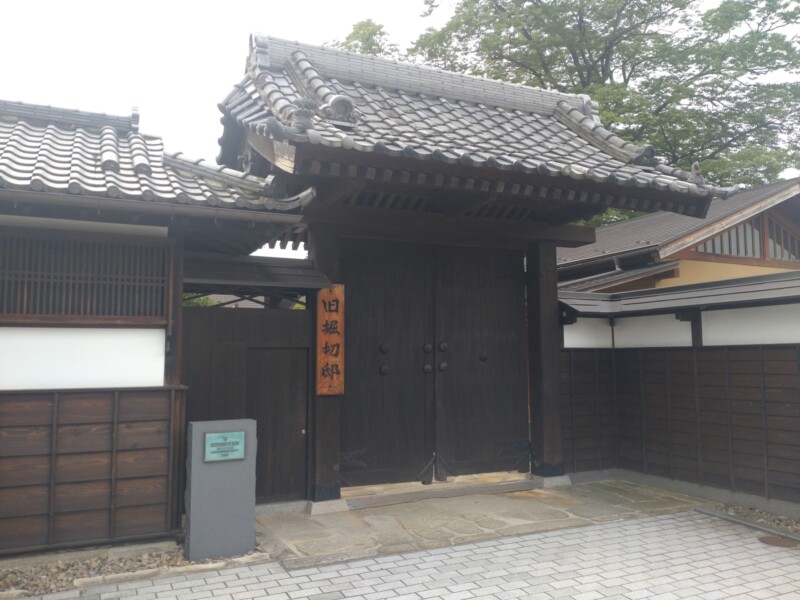
For information on the Fukushima Kotsu Iizaka Line that the author took to go to Iizaka Onsen, please see this article.
Please see this article for information on visiting Iizaka Onsen.
Who are Nobuo Sato and the Sato brothers?
The Nobuo Sato clan which ruled the Nobuo region including Iizaka Nakatomi Kamatari (later Fujiwara Kamatari), who
was active in the Taika Reforms The family was founded by Chitsune, the second son of Fujiwara Hidesato, who suppressed Taira no Masakado's rebellion.
In addition to Nobuo, the Nobuo Sato clan also ruled the neighboring cities of Date and Shirakawa.
was also
a member of the Oshu Fujiwara clan , based in Hiraizumi in present-day Iwate Prefecture Motoharu's wife, Otowa, was the grandson of Kiyohira Fujiwara, the first head of the Oshu Fujiwara clan, and Motoharu's daughter was married to the third son of Hidehira Fujiwara, the third head of the family.
Furthermore, Motoharu Sato's residence was called Otori Castle.
It is said to have been located on Mt. Tatenoyama on the west side of the city of Iizaka, and the site is now Tatenoyama Park.
Tatenoyama Park<Information>
- Name: Tatenoyama Park
- Location: Tatenoyama, Iizaka-cho, Fukushima City, Fukushima Prefecture
- Inquiries: 024-542-4241 (Iizaka Onsen Tourism Association)
- URL Tatenoyama Park – Fukushima trip
Google Map
Brothers Tsugunobu Sato and Tadanobu who assisted Minamoto no Yoshitsune
After the Minamoto clan was defeated by the Heike clan in the Heiji War in 1160, Yoshitsune , was first kept at Kurama Temple in Kyoto, but then moved all the way to Hiraizumi. , protected by Fujiwara Hidehira.
Eventually, when Yoritomo raised an army to overthrow the Taira clan, Yoshitsune joined Yoritomo and fought against the Taira clan, eventually destroying the Taira clan at the Battle of Dan-no-ura in 1185 (Genryaku 2), becoming the person with the greatest contribution. .
However, Yoshitsune had almost no military power as he was protected by the Oshu Fujiwara clan.
Yoshitsune was assisted by the sons of Nobuo Sato's Motoharu Sato.
Motoharu 's older brother Tsugunobu and younger brother Tadanobu , both sons of Motoharu, joined Yoshitsune's army to hunt down the Heike clan at the behest of Hidehira.
Before he could achieve his goal of annihilating the Heike clan, his older brother Tsugunobu died in the battle of Yashima (located in present-day Kagawa Prefecture, where it is said that Yoichi Nasu hit the target with a fan). It is said that Yoshitsune was deeply saddened.
After Yoshitsune destroyed the Taira clan in the Battle of Dan-no-ura, he incurred the wrath of his older brother Yoritomo, and suddenly found himself being chased by Yoritomo.
Tadanobu Sato parted ways with Yoshitsune, who fled the capital (Kyoto), and went into hiding in the capital, but when his whereabouts were discovered, he was attacked by Yoritomo's men and lost his life.
Each of the Sato brothers who left Nobuo's village met their end in a place far away from Nobuo.
Minamoto no Yoshitsune is known as a tragic general (although it cannot be said that he has nothing to blame), and the Sato brothers also deserve to be called that.
By the way, for the Sato brothers, was Minamoto no Yoshitsune someone they should have devoted their lives to?
It seems that there is no need for Hidehira to be excessively loyal to Yoshitsune, who was only protecting him.
As an answer to this question, there is a theory that Yoshitsune's wife, whom he took while staying in Hiraizumi, was Motoharu Sato's daughter, which means that the Sato brothers and Yoshitsune were brothers-in-law. It seems to be chanted.
Nobuo Sato clan after the fall of the Heike clan
As a result of his conflict with his older brother, Yoritomo, Minamoto no Yoshitsune once again relied on Fujiwara Hidehira and fled to Oshu.
However, after Hidehira's death, his son Yasuhira, the fourth head of the family, succumbed to pressure from Yoritomo.
In the end, Yoshitsune was attacked by Yasuhira in 1189 (Bunji 5) and forced to commit suicide.
However, this did not bring peace to the Oshu Fujiwara clan, and Minamoto no Yoritomo moved from Kamakura to take down Fujiwara Yasuhira as well, claiming that he had harbored Yoshitsune and forced
his younger brother I'm going to hit it. Although he had left the pursuit of the Heike to his younger brothers (Yoshitsune, Noriyori, etc.), he seems determined to go to Oshu himself.
This ``Oshu Battle'' ended in an easy victory for the Kamakura side, and the 100-year-old prosperity of the Oshu Fujiwara clan came to an end.
Of course, there was no way that the Nobuo Sato clan, a member of the Oshu Fujiwara clan, would survive, and Motoharu Sato led the Kamakura side's army at Ishinazaka (thought to be Iizaka, or Hiraishi in the southern part of Fukushima City, or around Matsukawa Town). It seems that he fought and lost.
It is said that Motoharu was killed in this battle, or that he was captured alive and released.
Aside from Motoharu's fate, the Nobuo-Sato clan itself did not perish in this battle; some remained in Nobuo, others moved to areas around Nobuo, and the majority lived in Ise (present-day Mie Prefecture) during the Nanbokucho period. I will move to a distant country.
Eisaku Sato, the 61st to 63rd Prime Minister, is said to be a descendant of Tadanobu Sato.
Among the author's ancestors is a family whose surname was Sato and who had lived in an area close to Iizaka for generations.
According to the family tree handed down in the family, his ancestors are linked to the brothers Tsugunobu Sato and Tadanobu Sato.
However, I have no recollection of looking at the family tree myself, and I am not sure whether the family tree that says the Sato brothers are my ancestors actually shows the truth.
Still, I feel a sense of romance in the possibility that my ancestors may have followed Minamoto no Yoshitsune.
Family temple of the Sato family
Two stations south of Iizaka Onsen Station on the Fukushima Kotsu Iizaka Line is a station called Ioji-mae.
As the name suggests, there is a temple called Io-ji within walking distance from the station, and this temple is the family temple of Mr. Nobuo Sato.
There are gravestones for the Sato brothers, their father Motoharu, and mother Otowa.
In addition, a camellia tree grows next to the gravestone of Motoharu and Otowa.
Legend has it that Otowa's deep sorrow for losing his two sons resides in this tree, and that the camellias will fall while still in bud.
In the main hall of the temple, dolls of Tsugunobu's wife ``Wakasa'' and Tadanobu's wife ``Kaede'' are enshrined in samurai costumes.
This story is based on an anecdote in which the two dressed up as her husband's samurai costumes to console Otowa who was grieving.
Bronze statues of the Sato brothers and Minamoto no Yoshitsune are also erected on the grounds.
Rurikozan Iouji Temple<Information>
- Name Rurikozan Ioji Temple
- Address: 45 Teramae, Hirano, Iizaka-cho, Fukushima City, Fukushima Prefecture
- Contact us 024-542-3797
- Official URL Shingon Sect Toyoyama School Rurikozan Ioji Temple
Google Map
summary
In the Tale of the Heike, it is written that Tsugunobu Sato was shot through by an enemy's arrow in Yoshitsune's place during the Battle of Yashima.
It is said that he died after telling
`The purpose of this life is to be told in stories until the end of the world that I was killed on behalf of my master The fate of Yoshitsune and the Sato brothers was tragic, but as Tsugunobu's last words indicate, their bond still touches the hearts of many people even today, some 840 years later.
Iizaka is not only known for its famous hot springs, but is also recommended for history buffs.


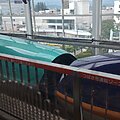





![From Iwaya in Kurotsuka to Bunchisuriishi. Matsuo Basho visited the legendary rock [Fukushima Prefecture] 2016_07_MG_7167](https://jp.neft.asia/wp-content/uploads/2022/11/2016_07_MG_7167-150x150.jpg)
![[Serialization: Following the narrow path in the back part 1] Your trip to Tohoku begins with "crossing the Shirakawa barrier" Oku no Hosomichi 1](https://jp.neft.asia/wp-content/uploads/2023/09/bf359c7fd6a5dbae7719b52ccd3b870b-1-150x150.jpg)

![A report on the experience of "Whiskey Collection Koriyama," Tohoku's first whiskey event! [Fukushima Prefecture] Whiskey Collection Koriyama](https://jp.neft.asia/wp-content/uploads/2024/10/IMG_0751-EDIT-150x150.jpg)
![The delicacy "Anko" is a delicious winter taste on the beach! [Fukushima Prefecture] Monkfish](https://jp.neft.asia/wp-content/uploads/2022/02/2054097_m-150x150.jpg)
![A tour of the 33 remaining Kannon in Minami Aizu. "Thirty-three Kannon" certified as a Japanese Heritage Site [Fukushima Prefecture] 11_MG_9631](https://jp.neft.asia/wp-content/uploads/2022/11/11_MG_9631-150x150.jpg)
!["Negaseki" is one of the three ancient Oshu sekies that surpasses Minamoto Yoshitsune and Matsuo Basho [Tsuruoka City, Yamagata Prefecture] 3809167_m](https://jp.neft.asia/wp-content/uploads/2023/02/3809167_m-150x150.jpg)
![What is "disc dumplings" in Fukushima City? Introducing recommended shops and history [Fukushima Prefecture] Disc Dumplings 1](https://jp.neft.asia/wp-content/uploads/2023/03/31485117_m-150x150.jpg)
